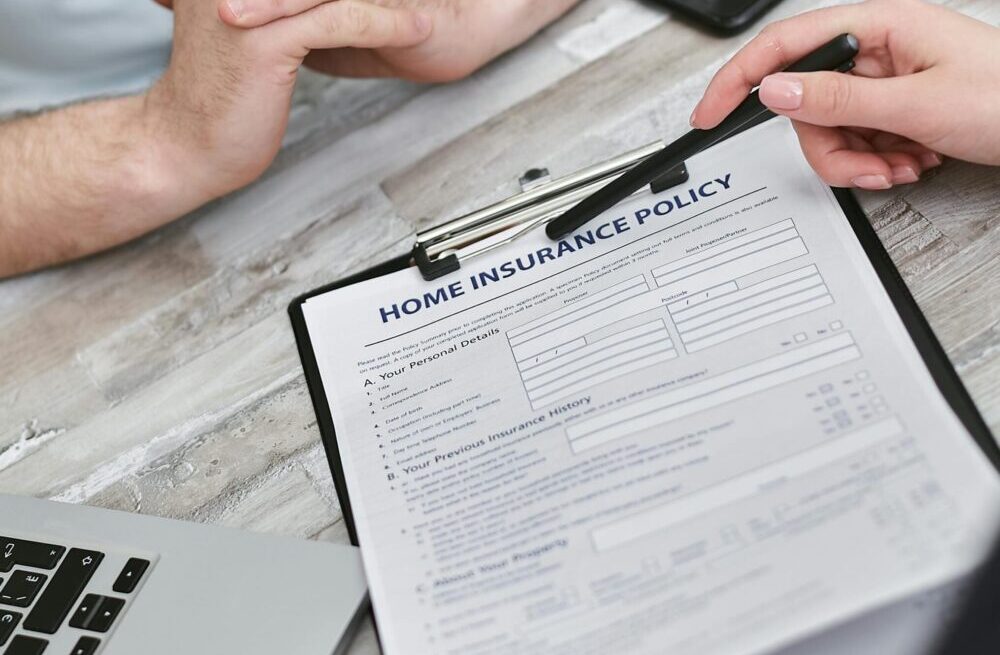
How much homeowner insurance do I need, and why are there so many values for my home?
If your house were to burn down tomorrow, how much would it take to rebuild it from the ground up?
Is it the price you paid for your home? The Zillow estimate? The county’s assessed value?
None of the above.
Understanding the difference between market value and replacement cost is crucial when choosing the right homeowners insurance. Let’s break it down and make sure your home is insured for what it would actually take to rebuild it—not just what a real estate site says it’s worth.
Megan’s Question: Is My Home Underinsured?
Megan from Salt Lake reached out with a great question:
“Zillow says my home is worth $565,000, but my home insurance only covers $510,000. Does that mean I’m underinsured?”
The short answer? Not necessarily.
Your homeowners insurance should cover the full rebuilding cost—not what someone would pay to buy your home. Let’s break down the different values people see for their homes and why they don’t match your insurance coverage.
The Three Common Home Values That Cause Confusion
1. Market Value (What Your Home Would Sell For)
Market value is the price a buyer is willing to pay for your home, which depends on:
✔ Location (school districts, crime rates, city growth)
✔ Lot size (larger properties tend to sell for more)
✔ Housing market trends (low-interest rates can drive up prices)
Market value includes things that insurance doesn’t cover, such as:
❌ Land value
❌ Desirable neighborhood pricing
❌ Market fluctuations
Example:
- A home in a hot real estate market might sell for $750,000.
- But if it costs $500,000 to rebuild, insurance only needs to cover the replacement cost, not the inflated market price.
2. Zillow, Redfin, & Other Real Estate Estimates
Real estate websites estimate home values based on comparable sales in your area—but they don’t factor in rebuilding costs.
💡 Why Zillow Is Inaccurate for Insurance:
✔ Zillow is designed to predict sale prices, not construction costs.
✔ It doesn’t account for labor shortages, material costs, or home upgrades.
✔ Their algorithm can’t determine the unique features inside your home.
Zillow is great for home shopping but is not reliable for insurance decisions.
3. County Assessed Value (Tax Purposes Only)
Your county assesses your home’s value to calculate property taxes, but these values are often:
✔ Lower than market value (to avoid constant appeals from homeowners)
✔ Not updated yearly (may not reflect real-time costs)
✔ Based on land + home (not just rebuilding cost)
The county isn’t in the business of rebuilding homes—they’re in the business of collecting taxes.
Key Takeaway:
Your county’s tax value has zero impact on what it costs to rebuild your home.
So, How Do Insurance Companies Calculate Rebuilding Costs?
Insurance companies don’t use Zillow or market values. Instead, they use a Replacement Cost Estimator (RCE) to determine Coverage A—the amount needed to rebuild your home if it’s destroyed.
What Goes Into an RCE?
✔ Square footage (above & below ground)
✔ Type of construction (ranch, two-story, custom home, etc.)
✔ Roof type & materials (shingles, tile, slate)
✔ Kitchen & bathroom upgrades (granite vs. laminate countertops)
✔ Flooring type (hardwood vs. carpet)
✔ Local labor & material costs
✔ Special features (fireplaces, custom trim, high ceilings)
Why Your Insurance Value Might Be Higher or Lower Than Market Value
When Insurance is LESS than Market Value
Your market value is higher than the rebuild cost when:
✔ You live in a desirable neighborhood.
✔ Your home sits on a large piece of land.
✔ Market conditions have inflated home prices.
Example:
- You buy a home for $700,000 in a luxury neighborhood.
- The rebuilding cost is only $550,000.
- Your insurance policy only needs $550,000 in dwelling coverage—because land and location don’t impact rebuilding costs.
When Insurance is MORE than Market Value
Your insurance coverage is higher than your home’s market value when:
✔ You own an older or historic home with custom materials.
✔ Your home is in a remote area, increasing labor costs.
✔ Recent inflation has raised construction costs.
Example:
- Your home’s market value is $400,000, but it’s an older home with hard-to-replace materials.
- The rebuilding cost is $500,000 due to specialized craftsmanship.
- Your insurance must cover $500,000, even though you could buy the home for less.
How to Make Sure Your Coverage A is Correct
To avoid being underinsured, take these steps:
1. Monitor Local Construction Costs
✔ Check how much homes in your area cost per square foot to rebuild.
✔ If rebuilding costs have risen, update your policy accordingly.
2. Consider an Inflation Guard Endorsement
✔ This automatically adjusts your dwelling coverage yearly to keep up with inflation.
3. Review Your Policy Every Year
✔ If you remodel your kitchen, add a room, or upgrade materials, your rebuild cost goes up.
✔ Update your insurance so you don’t fall short in the event of a disaster.
Final Thoughts: Are You Properly Insured?
Your homeowners insurance should cover what it costs to rebuild your home—not what it would sell for.
At Trailstone Insurance Group, we help homeowners like you:
✔ Determine the right Coverage A amount.
✔ Compare rates from 40+ top insurance companies.
✔ Ensure you’re not overpaying or underinsured.
📞 Need an insurance review? Call us today for a free consultation and make sure you’re fully protected at the best price.
Because when disaster strikes, the last thing you want is to be underinsured.

